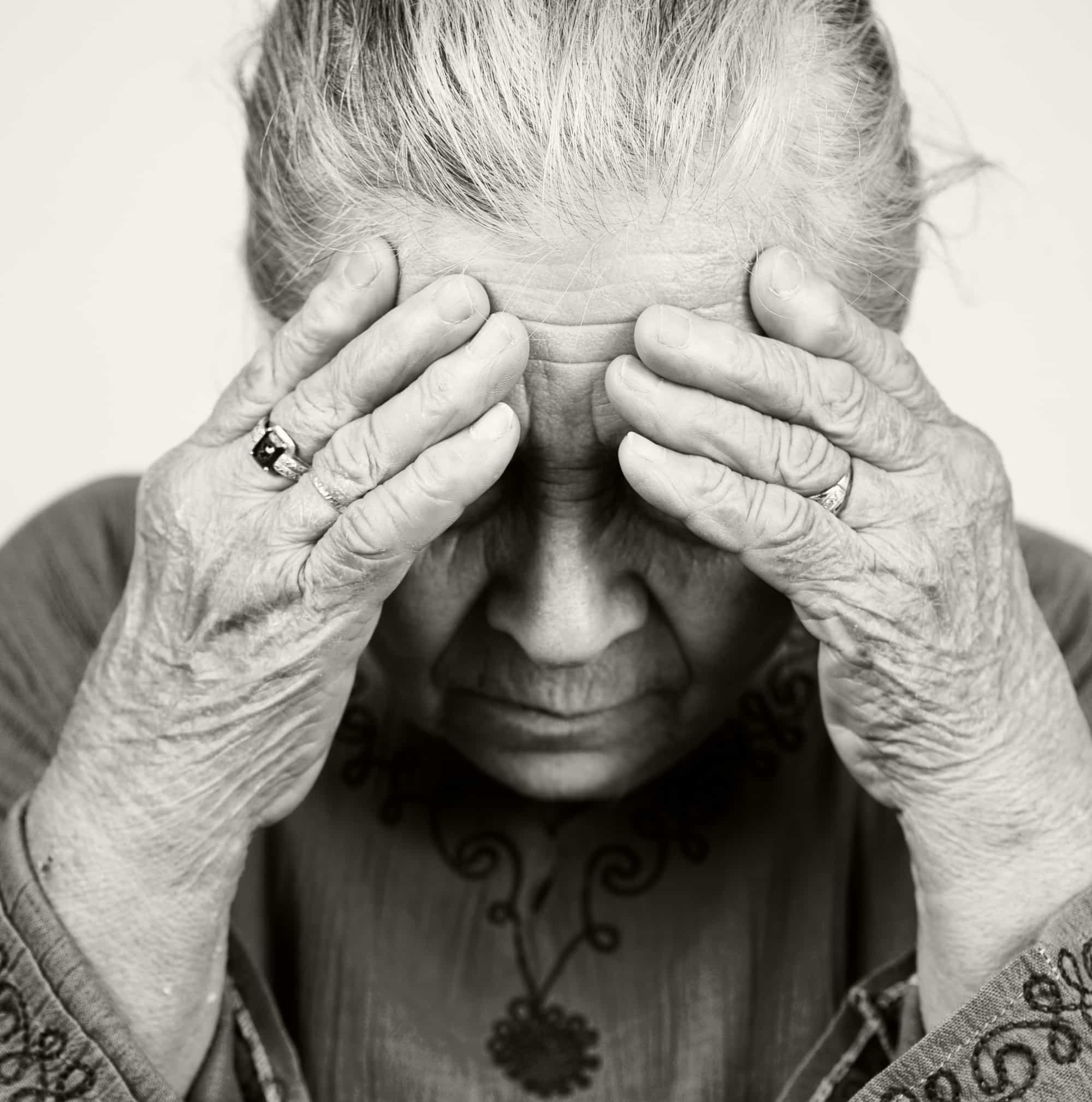
Can Technology Predict or Prevent Nursing Home Falls?
New research and innovative technology has us asking – can technology predict or prevent nursing home falls? Imagine a technology that would help nursing home staff, caregivers, and family members help protect their elderly loved…
New research and innovative technology has us asking – can technology predict or prevent nursing home falls? Imagine a technology that would help nursing home staff, caregivers, and family members help protect their elderly loved ones from the risk of injurious falls. New research offers hope that such technology may be on the horizon.
Read on to learn more about the nature of nursing home falls, the risks, and what predictors may help prevent elderly individuals from suffering the negative consequences. If you or a loved one have experienced a fall and have questions about your legal rights, contact MedMalFirm.com to learn more.
Information About Nursing Home Falls
Among elderly individuals, falls are one of the most common risk factors, especially among individuals with conditions like Alzheimer’s disease or dementia. According to the U.S. Centers for Disease Control and Prevention (CDC), recent statistics on falls include the following:
- Every 11 seconds, an elderly American is treated in the emergency room for fall-related injuries.
- Every 19 minutes, an elderly American dies from falls or fall-related injuries.
- One out of every four Americans age 65 or older will suffer at least one fall per year.
- By 2020, fall-related costs are estimated to rise to $67 billion per year.
These statistics are startling at their core, but are only a glimpse into the real problem of nursing home falls. There are numerous factors that exacerbate the risk of falls, which could make these numbers continue to rise. Consider, for example, recent attention to a commonly prescribed medication – Nuedexta. Most often prescribed in elderly individuals in nursing homes, Nuedexta has been shown to increase fall risk significantly. With a 400 percent increase in the drug’s use over the past five years, Nuedexta is quickly becoming one of the biggest risk factors for elderly American’s.
If you are concerned about your loved one, nursing home falls, or any factors that may contribute to falls, contact MedMalFirm.com today by filling out our online form.
Predictors of Fall Risk
With statistics showing a startling number of falls occurring every year – in and out of nursing home environments – it is no wonder that research is largely aimed at predicting and preventing falls from occurring in the first place. Emerging technologies are one of the most promising strategies to predict fall risk and reduce the chances of a nursing home fall.
Among the most promising technologies are infrared depth sensors, brain imaging, and even virtual reality. For example, sensors and motion-capture devices can now be placed in the home of an elderly person to monitor and measure their normal routine and activity. This information can then be used to help predict activity or other factors that may increase fall risk.
More specifically, research and technology are focusing on how monitoring and assessing an individual’s gait can detect early signs of fall risk. Sensor measurements are now being used to target stride length, walking speeds, and other factors. Researchers have already established the following:
- Analyzing multi-terabytes of data, researchers have found that a slowed gait of even five centimeters per second can increase the risk of falling by 86 percent. That is four-times the risk of falling among individuals whose gait slowed over time than those whose gait remained the same.
- Stride length was also found to be a clear indicator of fall risk. A shortened stride increased the chance of falling by 50.6 percent within just three weeks of a noticed change.
What Technological Predictions Mean for Nursing Home Residents
Sensor systems being developed and tested, like those discussed in the previous section, offer many benefits. Not only can these systems help predict fall risk and increase prevention strategies, they also offer a means of communication with caregivers. Some of the systems being tested are designed to send an alert to caregivers when the individual’s gait changes (speed and stride length). This alert can help caregivers take action before a fall occurs.
Another benefit is that these systems allow aging Americans the ability to remain in their homes longer. On average, participants studied were able to remain independent in their homes for 1.7 years longer than their counterparts. By predicting and preventing falls, elderly Americans are able to preserve their livelihood, health, and dignity.
What Technological Predictions Cannot Do
Unfortunately, there are still limitations to what technology can do. There is no question that using technology to predict or prevent nursing home falls is promising. But the reality is that even predictive measures, such as monitoring the individual’s gait, cannot account for the numerous variables that often contribute to fall risk.
For example, medications. Measuring an individual’s gait can only go so far in terms of monitoring how a certain medication may affect the individual. Most elderly Americans have several prescriptions and supplements that they take every day. Sometimes, these medications can interact with one another or cause adverse side effects. Research is not clear on whether such variables have been considered when designing sensor systems to monitor gait changes.
Technological predictions also cannot guarantee that caregivers provide the best care for elderly individuals. Monitoring and alerts, unfortunately, may be ignored or bypassed, leaving the risk of falls as great as if the technology did not exist. As research and development continues, it will be important to ensure that anyone using the technology is properly trained and understands the importance of proper, safe, and ethical use.
Have Questions about Nursing Home Falls?
If you have questions about nursing home falls or any of the scenarios discussed in this article, contact MedMalFirm.com to speak with one of our nursing home abuse attorneys. Our firm manages cases including falls, abuse, neglect, and medical malpractice. Our passion is preserving the rights, safety, and health of elderly Americans.
